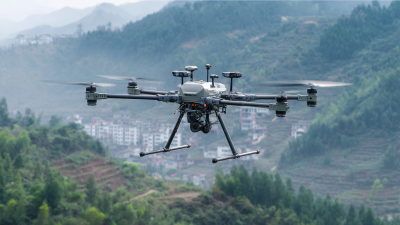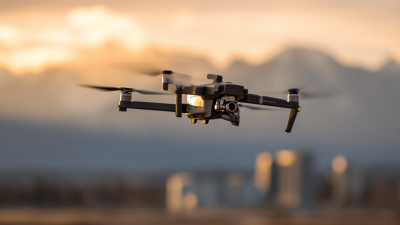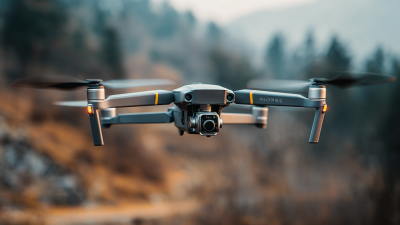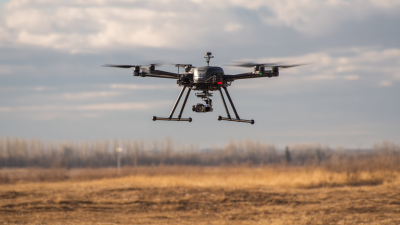Leave Your Message
In recent years, the integration of UAV (Unmanned Aerial Vehicle) technology into emergency response operations has revolutionized the way first responders manage crises and disasters. As we face increasingly complex and unpredictable emergencies, the capability of UAVs to deliver real-time data, conduct reconnaissance, and provide immediate support has become indispensable. This article aims to explore the future of UAV technology in emergency response, examining various cutting-edge applications that enhance situational awareness, improve safety for personnel, and contribute to faster response times. By delving into innovative advancements and best practices, we will provide insights on how UAVs can effectively address the challenges faced during emergencies, ultimately paving the way for more efficient and impactful rescue operations.
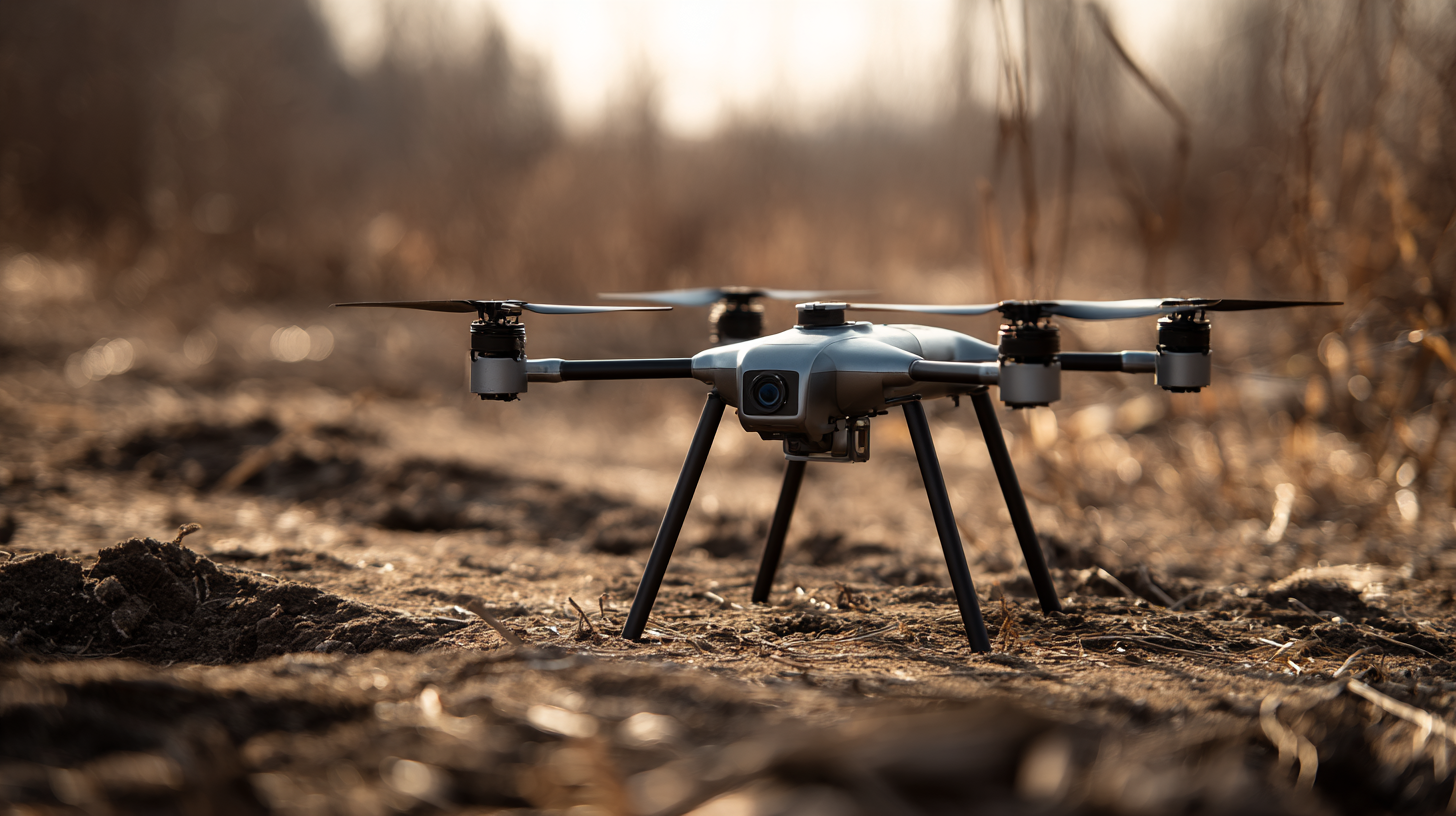
Unmanned Aerial Vehicles (UAVs) have emerged as pivotal tools in modern emergency response operations, providing critical support in a variety of crisis situations. Their ability to quickly access remote and hazardous areas enables first responders to gather real-time data, assess damage, and identify victims more efficiently than traditional methods. For instance, during natural disasters like hurricanes or wildfires, UAVs can survey vast landscapes, delivering aerial imagery that helps in strategic planning and resource allocation.
Moreover, UAVs are increasingly equipped with advanced technologies such as thermal imaging, which can pinpoint heat signatures from stranded individuals amidst debris or in areas obscured by smoke. This capability dramatically enhances search and rescue missions, allowing teams to navigate treacherous terrains safely and effectively. As UAV technology continues to evolve, the integration of artificial intelligence and machine learning will further augment their efficiency, enabling predictive analytics that can optimize response efforts and improve overall outcomes in emergency scenarios.

The integration of UAV technology with existing emergency management systems marks a pivotal shift in how first responders address crises. According to a report by the Federal Aviation Administration (FAA), the use of drones in emergency scenarios has increased by over 200% in recent years, showcasing their potential in enhancing situational awareness. UAVs can provide real-time aerial imagery, which is invaluable in search and rescue operations, as well as in assessing disaster damage. This integration not only optimizes resource allocation during emergencies but also enables faster decision-making.
Tips: When integrating UAVs into your emergency management system, ensure you train personnel properly to operate the technology effectively and understand the data outputs. Effective communication between drone operators and ground teams is crucial for maximizing operational efficiency.
Furthermore, combining UAV technology with Geographic Information Systems (GIS) can significantly improve crisis response strategies. A study from the National Institute of Standards and Technology (NIST) suggests that 75% of emergency responders believe that drone-enhanced mapping dramatically improves incident response times. As UAVs continue to evolve, their compatibility with existing technologies will be critical in building smart and resilient emergency response frameworks.
Tips: Regularly update your UAV systems and software to take advantage of the latest advancements and maintain compliance with safety regulations. Collaboration with tech experts can ensure that your integration process is smooth and effective.
The integration of unmanned aerial vehicle (UAV) technology into emergency response operations has transformed search and rescue missions, providing tactical advantages that were previously unimaginable. Drones equipped with high-resolution cameras and thermal imaging capabilities allow responders to rapidly assess disaster-stricken areas from the sky, pinpointing locations of victims more efficiently than traditional methods. Their ability to navigate hazardous and inaccessible terrains without putting human lives at risk makes them invaluable in critical situations.
Tips for effective usage of drones in search and rescue operations include ensuring operators are well-trained in both drone handling and emergency protocols. This training will enhance decision-making under pressure and improve safety. Additionally, collaborating with local authorities for real-time data sharing can optimize the drone's mission, ensuring that vital information reaches the response teams swiftly.
Another important tip is to conduct regular maintenance checks on drones before deployment. This practice guarantees that all equipment functions properly, minimizing the risk of technical failures during critical operations. By leveraging UAV technology thoughtfully, emergency response teams can greatly increase their effectiveness in saving lives and managing crisis situations.
The deployment of Unmanned Aerial Vehicles (UAVs) in emergency response operations has shown immense potential, yet it is fraught with various limitations and challenges that must be understood to optimize their use. One significant hurdle is regulatory compliance. Different countries have varying laws governing airspace usage, which can complicate immediate deployment in crises. Responders need to navigate these regulations to ensure that UAVs can be utilized effectively without legal repercussions.
Another challenge lies in technological limitations, including battery life, payload capacity, and weather resilience. UAVs often struggle in adverse weather conditions, which can compromise their effectiveness when time is of the essence during emergencies. Moreover, many drones are restricted in how much weight they can carry. Therefore, operators must carefully consider the specific needs of a situation—such as the type of supplies or data needed—and select appropriate technology accordingly.
**Tips:** When planning for UAV deployment in emergencies, it’s crucial to conduct a thorough risk assessment of the operational environment. Invest in versatile drone models that can adapt to varying conditions and tasks. Building partnerships with local authorities can also smooth regulatory pathways, ensuring quick deployment when it matters most. Additionally, regular training simulations can prepare teams to respond effectively under pressure.
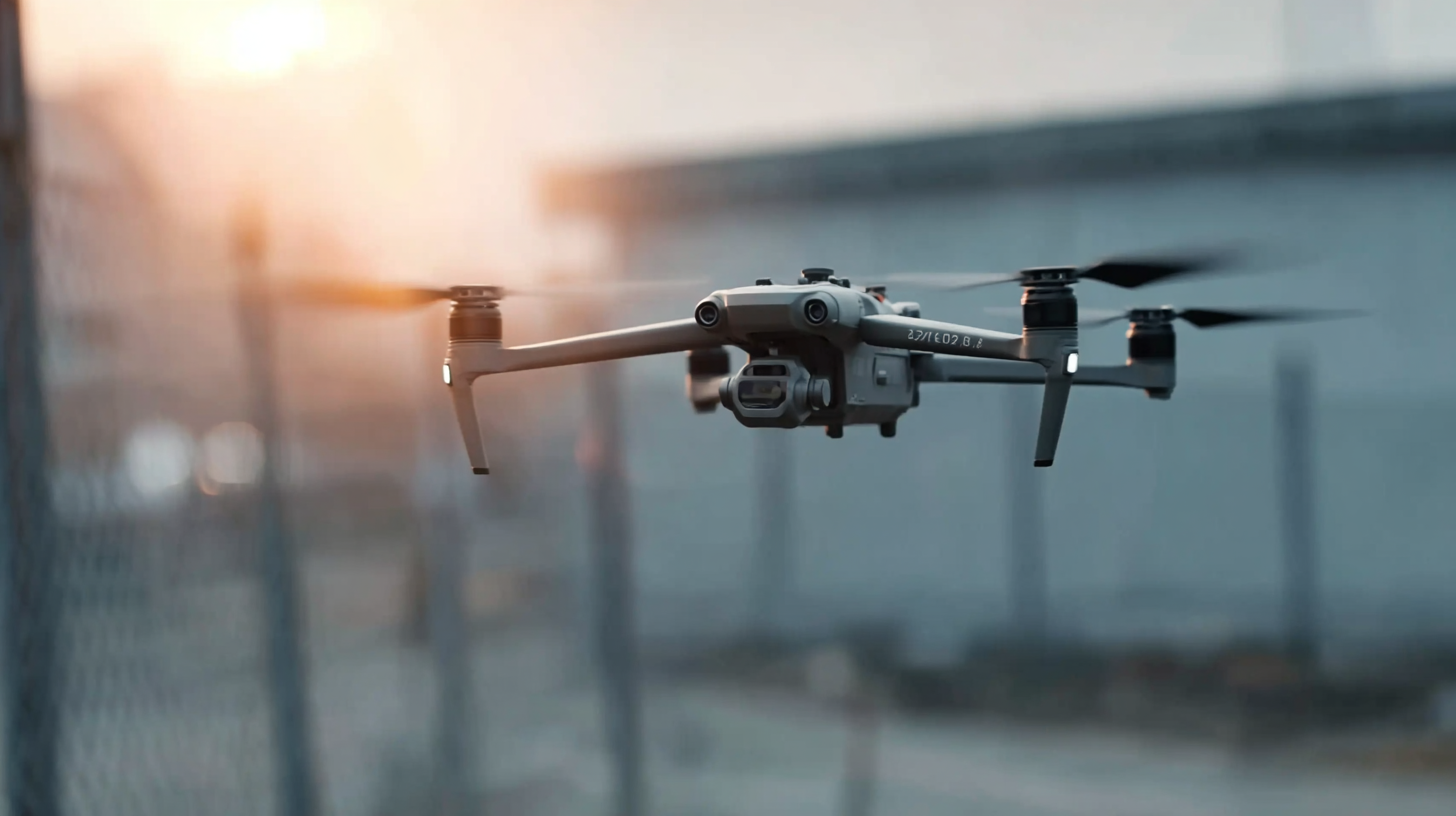
The future of UAV technology in emergency response operations is poised for significant advancements that will enhance disaster response efficiency. As natural disasters become more frequent and severe, the integration of innovative UAV solutions is becoming critical. Emerging technologies, such as advanced sensors and artificial intelligence, will enable drones to accurately assess damage in real time. These tools will facilitate rapid data collection and analysis, empowering first responders with vital information before they even arrive on the scene.
Additionally, the development of autonomous UAV systems capable of navigating complex environments will revolutionize search and rescue missions. Equipped with advanced navigation algorithms and obstacle avoidance capabilities, these drones can operate in hazardous conditions where human responders may be at risk. Furthermore, innovations in communication technologies, like mesh networks, will allow UAVs to maintain connectivity in remote areas, ensuring that critical coordination and support can be provided even amid disaster chaos. As these technological advancements continue, they will play a pivotal role in making disaster response operations more efficient, effective, and safe.
| UAV Technology | Application Area | Innovative Features | Efficiency Gains | Challenges |
|---|---|---|---|---|
| VTOL UAVs | Search and Rescue | Vertical take-off and landing capabilities | Increased accessibility to remote areas | Complexity in operations |
| Fixed-Wing UAVs | Disaster Assessment | Longer flight time and larger coverage area | Rapid data collection over large areas | Requires pre-set flight paths |
| Multi-Rotor UAVs | Infrastructure Inspection | High maneuverability and stability | Detailed inspection of structures from various angles | Limited flight time |
| Drone Swarms | Relief Supply Delivery | Coordinated multi-drone operations | Enhanced supply chain resilience | Coordination and communication challenges |
| AI-Powered UAVs | Data Analysis for Emergency Management | Real-time data processing and analysis | Faster decision-making | Dependence on data accuracy |
